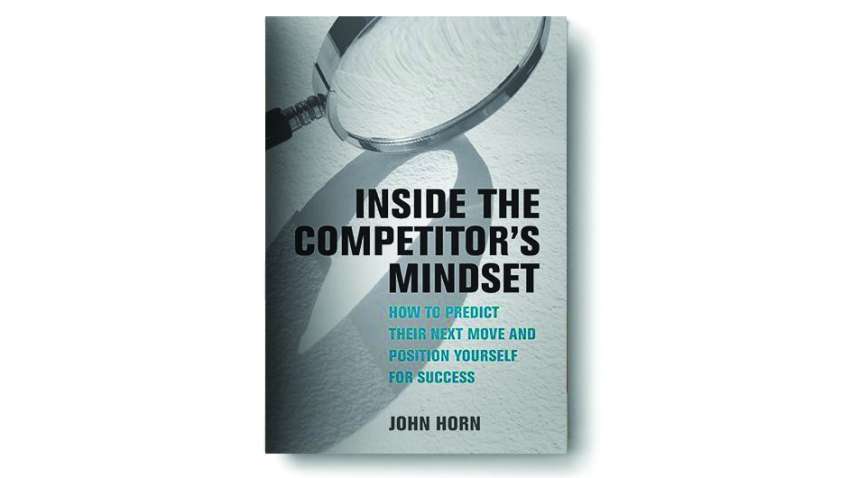Compiled
BY Nabin Shrestha
WaterComm
We learn how to run a business by controlling what we can. We have control over our work, our marketing plans, and what we do as a business, but we don't have control over our competitors. Business leaders feel uneasy when they think about things they can't change or control. That is the main reason it is hard to think about competitors. John shares five important ideas from his book below:
1. COMPETITORS ARE NOT IRRATIONAL.
A lot of the time, we think our competitors are crazy when they do things that we wouldn't do or that are bad for us. But they are only thinking about what is best for themselves, because they have different assets and tools as well as different goals and goals. As a business leader, you often are taught to look for ways to set your company apart, like niche markets, specific groups of customers, or new goods and services. If they were truly acting irrationally—making choices that would not help them achieve their objectives—they would likely not have lasted long enough and grown large enough to be your competitor.
2. YOU NEED TO EMPATHISE WITH YOUR COMPETITION.
If they are not acting unreasonably, the best approach to comprehend them is to see the world through their eyes. This is cognitive empathy: knowing why they make the decisions they do. You are not required to like or agree with their choices or you are not required to sympathise with them. If you want to make better projections about what people will do, you must first comprehend their point of view.
Simple frameworks exist for empathising with competitors. Listen first to what they say and do. List their assets, resources, and competencies and ask, "If I were running their company and had access to their resources, what would I do?" A human, not a black box organisation, will make the decision, therefore research their functional and industry experience. Finally, anticipate the future and track its accuracy. The purpose is to identify statement and conduct patterns to influence future actions. Find alternative ways to predict how competitors will react to your actions and whether they will behave spontaneously.
3. DEVELOP AN INQUISITIVE MINDSET.
Most business thinkers agree on this, but let's focus on one aspect of curiosity that is not frequently mentioned: learning from others. You can learn strategies and tricks for approaching knowing your competition, but it is better to develop a diversified team to avoid becoming fixated on one point of view: different backgrounds, different expertise, different ages, different histories, different cultures, and so on. A learning mindset is keeping your eyes and ears open to input from a variety of sources.
4. COMPETITION WITHIN THE ECOSYSTEM
A supplier, distributor, or complementor may develop a new offering that eliminates the need for you to be involved. Second, even if those partners do not become competitors and you can speak with them directly, they will not always provide you with all of the information you require. Do you reveal everything? Why assume they will tell you everything? Understanding why they do what they do requires going inside their thoughts. Especially if you've ever left a meeting wondering, "What just happened?" "What are they thinking?" As the third reason, you're still vying for ecosystem value, therefore they won't tell you everything.
You and others create value, but they may not give you all of it. The pie may grow, but you must ensure you get your share, and competitive frameworks and procedures can help you comprehend a partner, supplier, regulator, distributor, complementor, or non-profit.
5. INTEGRATED INTO THE ORGANISATION'S STRATEGIC DECISIONS.
The competitive insight function must have the right people, supported by the right processes, and evaluated using the right performance indicators. The aim here is to incorporate this additional capacity seamlessly as possible. Data collection, storage, and analysis are made easier by dashboards. Pre-existing patterns are also identified. Be careful while analysing and predicting competition. The dashboard must link outcomes to competitor choices to identify cause-and-effect patterns. AI systems are great at anticipating based on past trends, but we're often surprised when competitors make new moves, something machine learning has yet to master. You need humans to examine data to predict rival activity.
All of us, whether at work or in our personal life, are subject to some degree of competition. To thrive in highly competitive markets, companies need to be able to put themselves in their competitors' mindset.





















